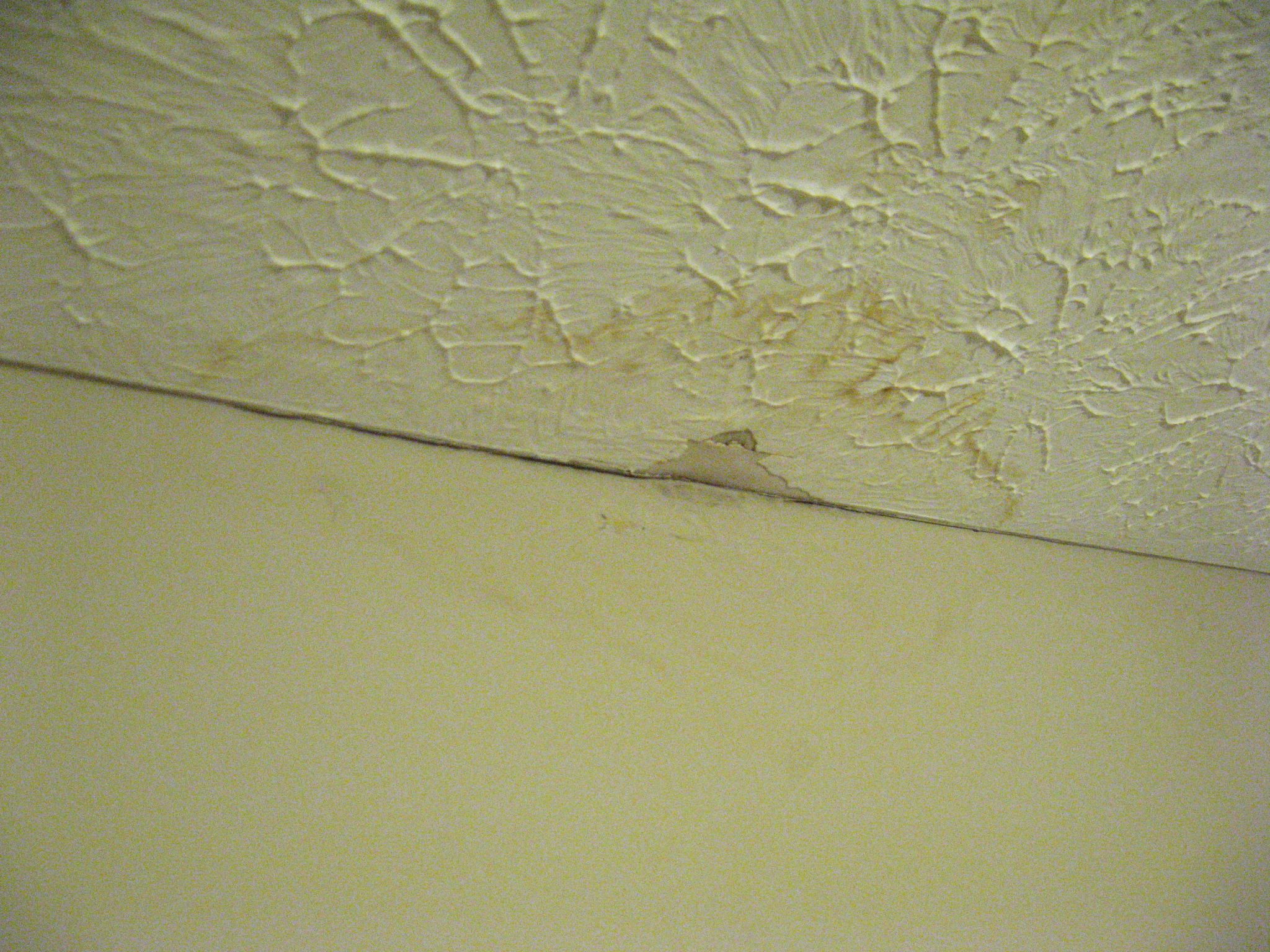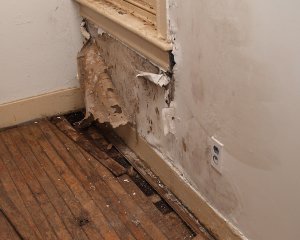Exposing Common Culprits Behind Residential Water Leak Problems
Exposing Common Culprits Behind Residential Water Leak Problems
Blog Article
How do you really feel when it comes to How Fast Water Damage Can Ruin Your Home?

Leakages not only trigger waste of water but can likewise create unnecessary damages to your home and also advertise unwanted organic growth. Water leakages could go unnoticed since many of the pipework in our house is hidden. By understanding as well as looking for day-to-day scenarios that create leakages, you can secure your residence from future leaks and unnecessary damages. Today, we will check out six leakage creates that may be triggering your pipelines to leak.
Intruding roots
The majority of water leaks start outside the house instead than inside it. You might discover damp patches or sinkholes in your backyard, as well as that might imply that tree roots are getting into water lines triggering water to leak out.
Corroded water supply
As time goes by, your plumbing system ages as well as deterioration such as rust may start eating away the pipes. This might be the source of discoloration or bending on your pipes. This asks for an evaluation with your plumber instantly. Think about replacing the pipelines because they are at a greater risk of corrosion than the more recent designs if our plumbing system is old.
Malfunctioning Pipeline Joints
Pipeline joints can weaken over time, resulting in water leakages. If you have noisy pipelines that make ticking or banging noises, particularly when the hot water is transformed on, your pipeline joints are most likely under a lot of pressure.
Instantaneous temperature adjustments.
Severe temperature changes in our pipelines can create them to broaden and also contract all of a sudden. This development and also tightening may cause splits in the pipes, especially if the temperature are listed below cold.
Poor Water Connectors
Sometimes, a leakage can be triggered by loosened hose pipes as well as pipelines that supply your devices. More often than not, shifting is what triggers the loosened water Connections. You could discover in the case of a washing maker, a pipe may spring a leak as a result of trembling during the spin cycle. In case of a water connections leakage, you might discover water running straight from the supply line or pools around your home appliances.
Obstructed Drains
Obstructed drains pipes may be irritating and inconveniencing, but they can in some cases wind up creating an overflow leading to break pipes. Keep removing any products that may go down your drains pipes that could obstruct them to avoid such aggravations.
All the above are causes of leakages yet not all water leaks arise from plumbing leakages; some leaks might originate from roofing leaks. All leaks need to be repaired immediately to stay clear of water damage.
Leaks not just cause waste of water but can likewise cause unnecessary damages to your residence and advertise undesirable natural growth. By looking and also recognizing for everyday situations that trigger leakages, you can safeguard your residence from future leakages and also unnecessary damage. Today, we will look at 6 leak creates that may be causing your pipes to leak.
At times, a leak can be created by loose pipes and pipelines that supply your home appliances. In instance of a water connections leakage, you might observe water running directly from the supply line or pools around your appliances.
How To Check For Water Leak In Your Home
How To Check for Leaks
The average household's leaks can account for nearly 10,000 gallons of water wasted every year and ten percent of homes have leaks that waste 90 gallons or more per day. Common types of leaks found in the home are worn toilet flappers, dripping faucets, and other leaking valves. These types of leaks are often easy to fix, requiring only a few tools and hardware that can pay for themselves in water savings. Fixing easily corrected household water leaks can save homeowners about 10 percent on their water bills.
To check for leaks in your home, you first need to determine whether you're wasting water and then identify the source of the leak. Here are some tips for finding leaks:
Take a look at your water usage during a colder month, such as January or February. If a family of four exceeds 12,000 gallons per month, there are serious leaks.
Check your water meter before and after a two-hour period when no water is being used. If the meter changes at all, you probably have a leak.
Identify toilet leaks by placing a drop of food coloring in the toilet tank. If any color shows up in the bowl after 10 minutes, you have a leak. (Be sure to flush immediately after the experiment to avoid staining the tank.)
Examine faucet gaskets and pipe fittings for any water on the outside of the pipe to check for surface leaks.
Undetected water leaks can happen without the home or business owner even realizing. If you suspect a water leak, but not able to find the source. It is time to contact a professional water leak detection service, The Leak Doctor.
How To Find a Water Leak In Your Home
https://www.leakdoctor.com/blog/How-To-Check-For-Water-Leak-In-Your-Home_AE197.html

We were made aware of that editorial on Common Water Leaks In House through an associate on another website. Sharing is nice. You won't know, you might be helping someone out. Thanks a lot for your time invested reading it.
Top-notch fix? Dial! Report this page